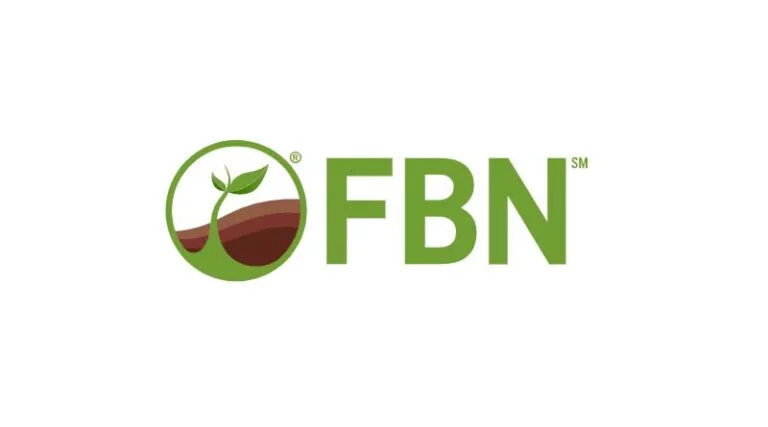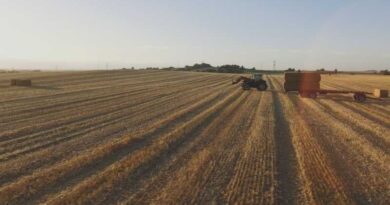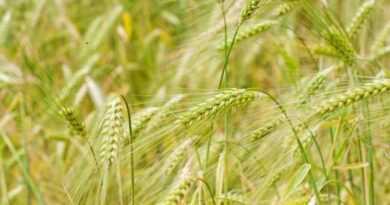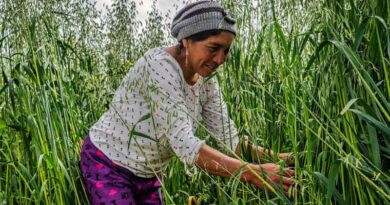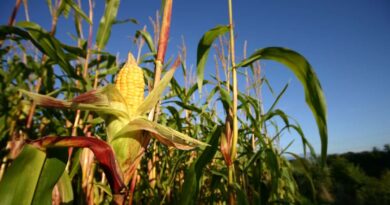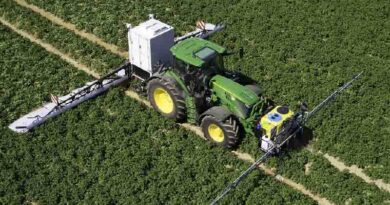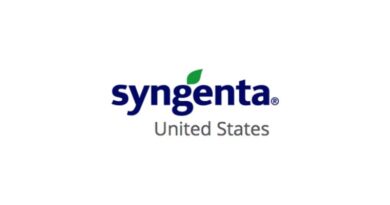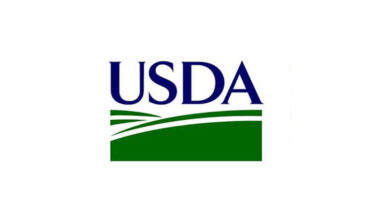Recent Market Investments in Regenerative Ag Efforts
07 March 2024, US: Today’s farmers don’t just want short-term defense tactics against changing environmental challenges; they want enduring solutions that allow them to continue to sustainably grow their ag operations while protecting and investing in their future. As they shift away from a linear supply chain and toward one that values the interconnectedness of all the links in the chain, these farmers are part of a growing movement labeled regenerative agriculture.
Broadly speaking, regenerative agriculture encapsulates all farming methods that aim to restore long-term soil and ecosystem health in order to improve farm productivity and resiliency, mitigate climate change impacts, and promote biodiversity.
Regenerative Agriculture Investments
The last decade has seen companies, investors, and governments all invest significantly into regenerative agriculture initiatives and related technologies that look to address the converging environmental challenges that pose long-term threats to farm profitability, including:
- climate change
- soil degradation
- biodiversity loss
- water resource scarcity
Investment has emphasized catalyzing a shift toward farming practices that have the potential to reverse these trends.
Learn about three regenerative ag practices with potential ROI benefits in FBN® Finance’s free downloadable guide The ROI of Regenerative Ag.
Private Sector Investments
A surge of interest in regenerative agriculture has spread across the private sector in the past decade.
- Field to Market, a non-profit dedicated to defining, measuring, and advancing the sustainability of food, feed, fiber and fuel production, has convened a network of 150 members from across the U.S. agriculture value chain — including The Environmental Defense Fund (EDF), Archer Daniels Midland (ADM), the American Soybean Association, and FBN — to collaborate on market-based programs and research initiatives advancing regenerative agriculture.
- In 2023, the Agribusiness Task Force — comprised of such companies as Mars, McDonald’s, and PepsiCo — introduced a framework to “accelerate the transition to regenerative farming.”
- Sustainable Agriculture Initiative (SAI) Platform — a network of 170+ companies, including prominent commodity buyers such as Cargill, the Coca-Cola Company, Danone, Dupont, Kraft Heinz, Nestle, and Unilever — is working to advance sustainable agricultural practices.
U.S. Government Investments
Perhaps the biggest investor in regenerative and “climate-smart” agriculture over the last three years, though, has been the U.S. government.
In 2022, the U.S. Department of Agriculture (USDA) announced that it is committing more than $3 billion in grant opportunities to support farmers, ranchers, and private forest owners in adopting more regenerative practices through Partnerships for Climate-Smart Commodities. Soon after, the passage of the Inflation Reduction Act released another $19.5 billion in grants, incentives, and capital guarantees directed toward agricultural conservation programs.
Is Regenerative Agriculture Worth the Investment?
Farmers are implementing regenerative agriculture practices for two main reasons:
- It benefits their farm and the greater environment
- It makes economic sense for their ag operations
In The ROI of Regenerative Ag, FBN Finance outlines some of the strategies that farmers are implementing that can have positive impacts on their bottom lines. Access the free downloadable guide now.
Rewarding Farmers for Regenerative Ag Practices
With interest in regenerative and “climate-smart” agriculture intensifying across both the public and the private sector, it’s now easier than ever to get rewarded for implementing farming practices that deliver positive ecosystem services.
Markets are beginning to learn how to value the myriad ecosystem services that farms deliver in a way that will directly reward farmers for employing regenerative practices and create durable bottom-line benefits.
One such mechanism is by paving the rewards for regenerative transition directly into agricultural lending, which is what FBN Finance has done with the Regenerative Agriculture Finance Operating Line program*.
Eligible farmers can qualify for a 0.5% interest payment rebate on an approved Regenerative Agriculture Finance Operating Line from FBN Finance. After sharing data to validate program requirements at the end of the growing season and repaying their operating line, participating farmers will receive an interest payment rebate check. The program is one of the first U.S. agricultural financing initiatives to incentivize farmers to implement regenerative ag practices.
Also Read: Coromandel’s Gromor Drive Crosses 16,000+ acres of Drone-led Spraying
(For Latest Agriculture News & Updates, follow Krishak Jagat on Google News)

